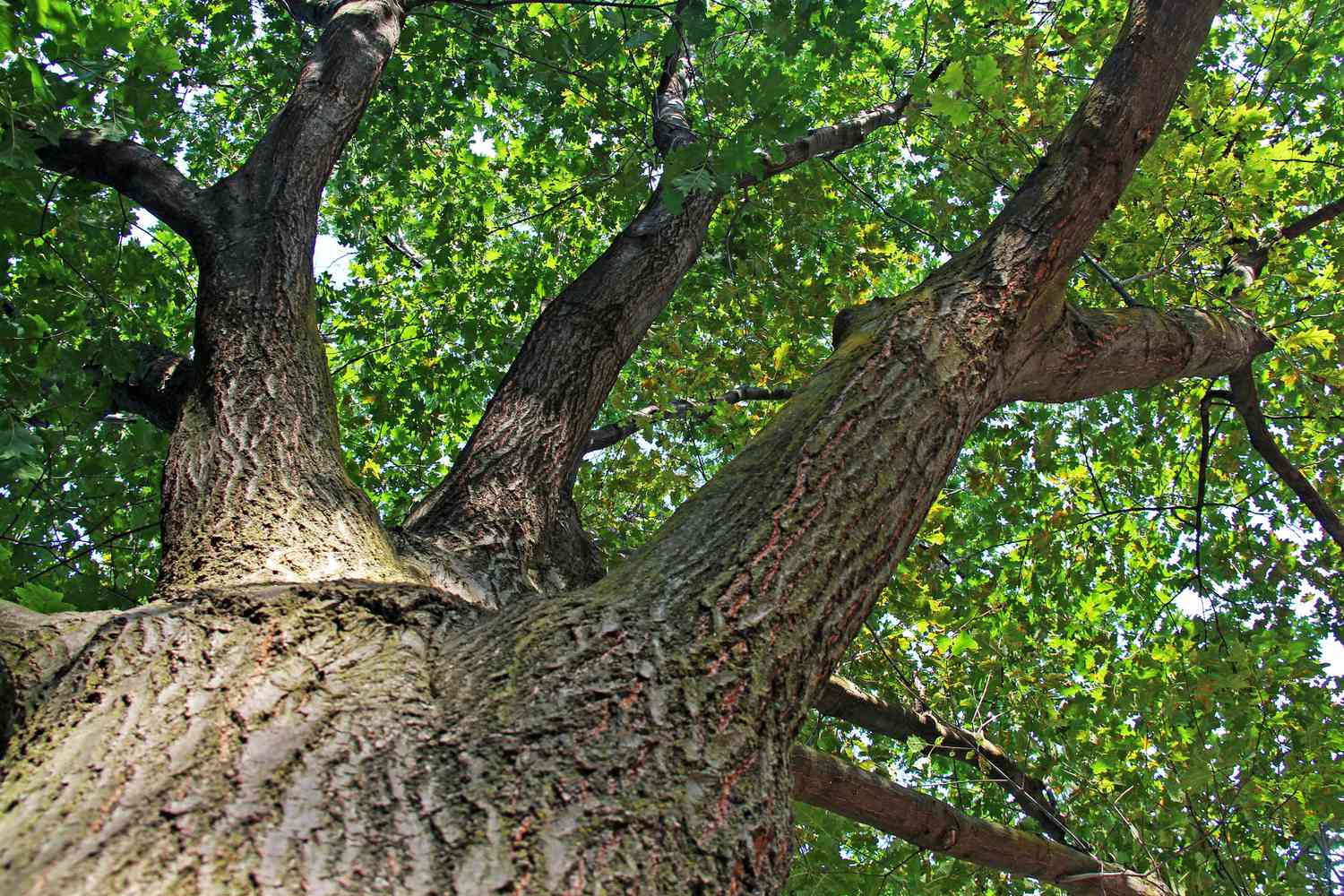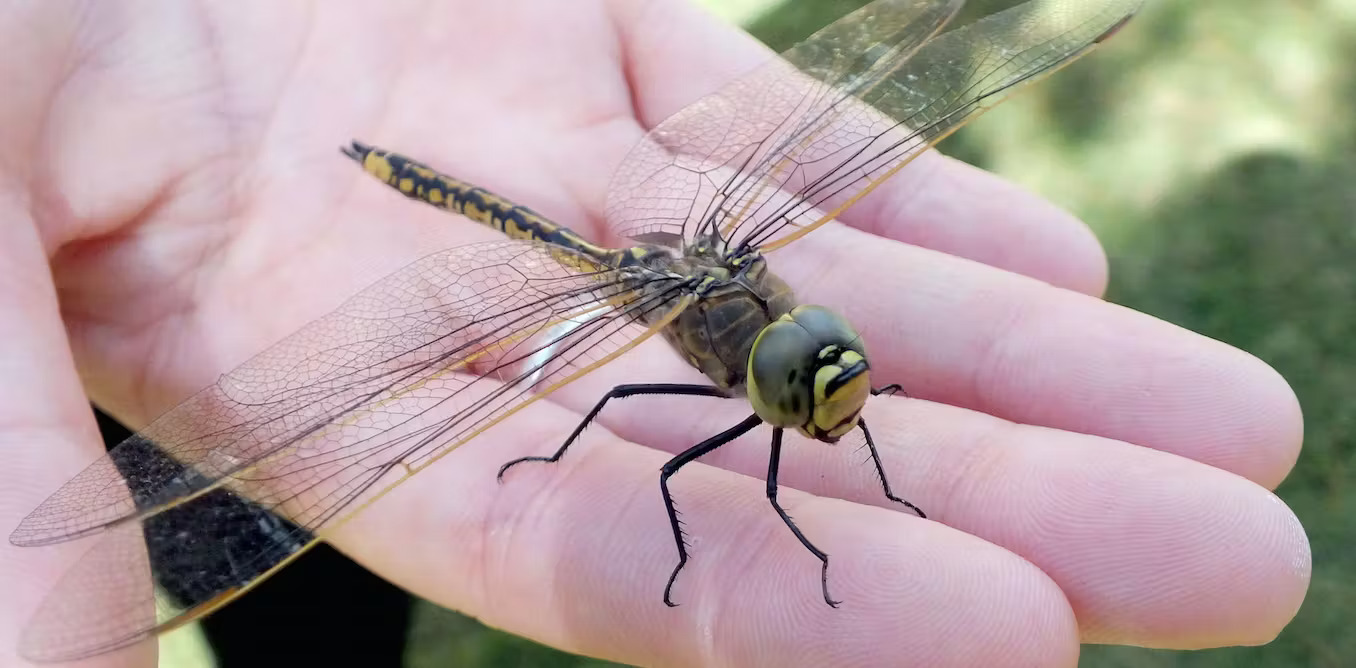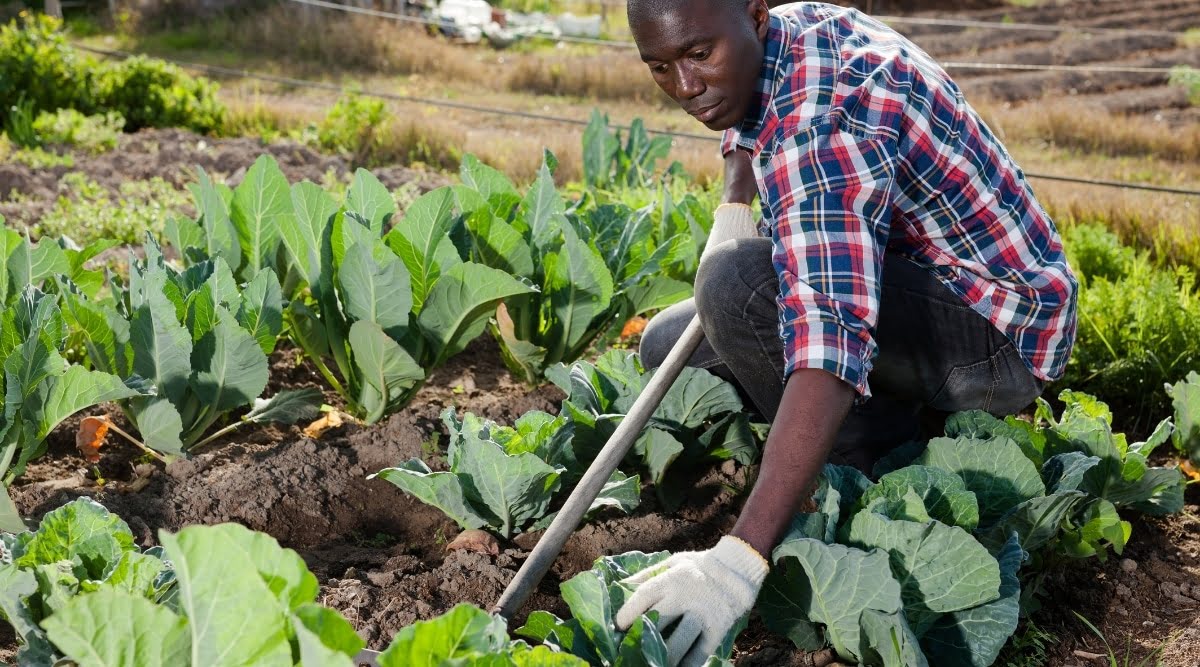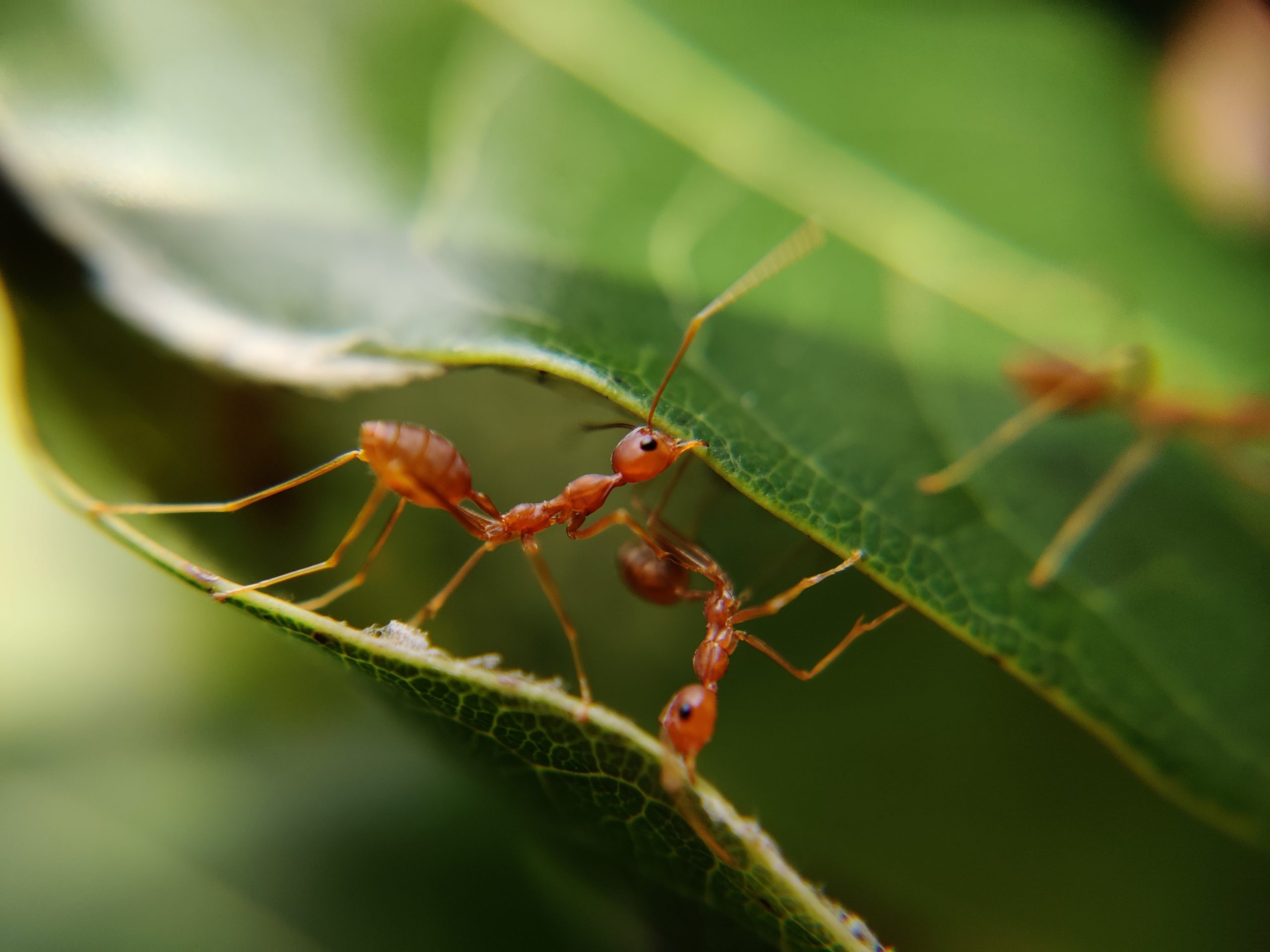Home>Gardening News and Trends>Latest News>Where Did Insects Come From
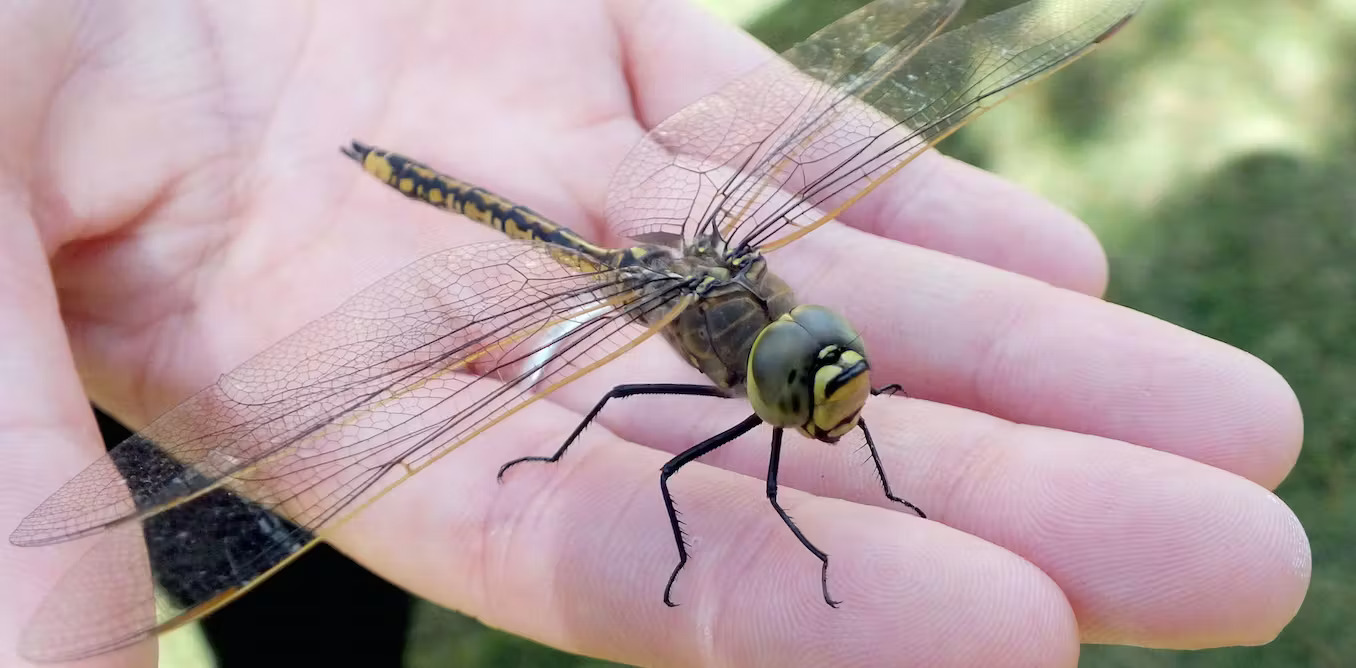

Latest News
Where Did Insects Come From
Modified: January 22, 2024
Discover the fascinating origins of insects in the latest news. Explore the evolutionary journey of these incredible creatures and unravel the mysteries behind their emergence.
(Many of the links in this article redirect to a specific reviewed product. Your purchase of these products through affiliate links helps to generate commission for Chicagolandgardening.com, at no extra cost. Learn more)
Table of Contents
Introduction
Insects are fascinating creatures that have been a part of our planet for millions of years. With their incredibly diverse forms and habitats, insects play a crucial role in our ecosystems. From pollination to decomposition, insects contribute to various ecological processes that sustain life on Earth.
The origins of insects can be traced back to prehistoric times, but their evolution and development have been shaped by numerous factors. Understanding the early origins and evolutionary history of insects can provide insight into their incredible diversity and the important role they play in our natural world.
Throughout history, insects have thrived in various environments, adapting to different ecosystems and evolving unique characteristics. From the smallest ants to the largest beetles, insects have evolved a wide range of behaviors, feeding habits, and physical adaptations to survive and reproduce.
Despite their small size, insects have a significant impact on the functioning of ecosystems. They act as pollinators, facilitating reproduction in flowering plants and ensuring the production of fruits and seeds. In addition, insects play a crucial role in nutrient cycling and decomposition, breaking down organic matter and contributing to the overall health of ecosystems.
However, the importance of insects extends beyond their ecological roles. Insects have also been a source of inspiration for various fields of human endeavor. Their unique adaptations and behaviors have influenced advancements in engineering, biomimicry, and medicine.
While the world of insects is diverse and awe-inspiring, it also faces numerous challenges. Human activities such as habitat destruction, pollution, and climate change have had a significant impact on insect populations. The decline of certain insect species can have far-reaching consequences for ecosystems and food webs.
Looking to the future, understanding and conserving insects is of utmost importance. Efforts to protect their habitats, reduce pesticide use, and promote sustainable agricultural practices can help preserve the biodiversity and functioning of our ecosystems. Additionally, scientific research and public awareness about the importance of insects can drive further conservation efforts.
In this article, we will delve into the early origins of insects, their evolutionary development, the incredible diversity among insect species, their importance in ecosystems, the threats they face, and the need for their conservation. By uncovering the mysteries of these remarkable creatures, we can appreciate and protect the vital role they play in our world.
Early Origins
The origins of insects can be traced back to the early Paleozoic era, around 385 million years ago. They belong to the phylum Arthropoda, which also includes crustaceans, spiders, and millipedes. The first insects were terrestrial and likely evolved from a group of marine arthropods known as the myriapods.
These early insect ancestors had simple, worm-like bodies but soon evolved specialized appendages that allowed them to move more efficiently on land. Over time, these adaptations gave rise to the diverse range of insects we see today.
The fossil record provides valuable insights into the early origins and evolution of insects. One of the first known groups of insects is the order Archaeognatha, commonly known as bristletails. Fossil evidence suggests that these primitive insects had already developed many characteristic features seen in modern insects, such as specialized mouthparts and segmented bodies.
Another important group of early insects is the order Paleodictyoptera, which thrived during the Carboniferous period, around 360 to 300 million years ago. Fossilized wings and body structures of these extinct insects reveal remarkable similarities to modern dragonflies and mayflies.
During the evolution of insects, wings played a significant role in their success. The development of wings allowed insects to exploit new habitats, escape predators, and find new food sources. The earliest wings were likely small and membranous, but they eventually diversified into the wide variety of wing types seen in present-day insects.
Insect evolution was greatly influenced by environmental changes. The transition of Earth’s climate from the Carboniferous to the Permian period, around 299 to 252 million years ago, brought about major shifts in plant and animal communities. These changes likely provided new opportunities for insect diversification.
By the time of the Mesozoic era, between 252 and 66 million years ago, insects had experienced a significant radiation, with the appearance of many new orders and families. This era saw the rise of diverse insect groups, including beetles, butterflies, bees, ants, and flies.
Overall, the early origins of insects represent a fascinating chapter in the history of life on Earth. From their humble beginnings as terrestrial arthropods to the remarkable insects we see today, their evolutionary journey is a testament to their adaptability and resilience.
Evolutionary Development
The evolutionary development of insects is a fascinating subject that spans millions of years. Throughout their history, insects have undergone various adaptations and innovations that have allowed them to thrive and diversify into the incredible array of species we see today.
One of the key evolutionary developments in insects is the specialization of mouthparts. Different insect groups have evolved a wide range of mouthparts to suit their specific feeding habits. For example, butterflies and moths have a long, tubular proboscis for sipping nectar, while beetles have mandibles for chewing plant material. The development of specialized mouthparts has enabled insects to exploit a wide variety of food sources and occupy different ecological niches.
Another notable evolutionary development in insects is the development of metamorphosis. Metamorphosis is a process in which insects undergo distinct life stages with different body forms and functions. This transformation allows insects to adapt to different environments and optimize their survival and reproductive strategies. There are two main types of metamorphosis: incomplete metamorphosis, seen in grasshoppers and dragonflies, and complete metamorphosis, seen in butterflies, beetles, and flies.
Incomplete metamorphosis involves three stages: egg, nymph, and adult. Nymphs closely resemble adults but lack fully developed wings and reproductive organs. They go through a series of molts until reaching adulthood. Complete metamorphosis, on the other hand, involves four stages: egg, larva, pupa, and adult. Larvae, such as caterpillars and maggots, have completely different body forms and feeding habits compared to adults. During the pupal stage, the insect undergoes a dramatic transformation within a protective case before emerging as an adult.
Evolutionary development has also led to the diversification of reproductive strategies in insects. Some insect species reproduce sexually, with males and females coming together to mate and produce offspring. Other species, such as aphids and some bees, can reproduce asexually, with females capable of producing offspring without the need for fertilization. This diversity in reproductive strategies has allowed insects to colonize various habitats and adapt to different environmental conditions.
Additionally, the evolution of social behavior has played a significant role in the success of certain insect groups. Social insects, such as ants, bees, and termites, live in large colonies with specialized castes and division of labor. This social organization enables them to efficiently gather resources, defend their colony, and raise offspring. The evolution of communication systems, such as pheromones and intricate dances, has further enhanced the coordination and cooperation within these insect societies.
Overall, the evolutionary development of insects is a dynamic process driven by natural selection and environmental influences. Their ability to adapt and diversify through specialized mouthparts, metamorphosis, reproductive strategies, and social behavior has allowed them to conquer a wide range of habitats and play vital roles in ecosystems around the world.
Diversity of Insects
Insects are the most diverse group of animals on Earth, with over a million identified species and an estimated millions more yet to be discovered. Their remarkable diversity can be observed in their various sizes, shapes, colors, and ecological adaptations.
One aspect of insect diversity is their incredible range of body sizes. Insects can be as small as a few millimeters, such as tiny parasitic wasps, or as large as a human hand, like some tropical beetles. This vast range in size allows insects to occupy different ecological niches and interact with diverse plant and animal species.
In terms of shapes, insects exhibit an astonishing array of body forms. Some are elongated and slender, like stick insects, which blend in with their surroundings. Others may have flattened bodies or elaborate appendages, such as the elaborate horns of some beetles. This great variety in body shapes reflects the diverse habitats and lifestyles that insects have evolved to inhabit.
Colors and patterns are another remarkable aspect of insect diversity. Whether it’s the vibrant hues of butterflies or the intricate patterns on beetles, insects have evolved a wide array of colors for various purposes. These colors can serve as camouflage, warning signals, or display features for attracting mates. In some cases, insects even have the capability to change color to match their environment.
Furthermore, insects display a remarkable diversity of ecological adaptations. Some insects have evolved specialized mouthparts for feeding on specific plant or animal resources. For example, long-tongued bees are adapted for sipping nectar from flowers, while predaceous insects have sharp mandibles for capturing and consuming other insects. This incredible array of adaptations allows insects to exploit diverse food sources and occupy specific ecological niches.
Insect diversity also extends to their behaviors and lifestyles. Some insects, like bees and ants, live in complex social colonies, with division of labor and intricate communication systems. Other insects, like solitary bees and butterflies, lead more independent lives. In terms of reproduction, insects employ a wide range of strategies, including direct mating, elaborate courtship rituals, or even parasitizing other insect species.
The diversity of insects plays a crucial role in maintaining the balance and functioning of ecosystems. They are important pollinators, facilitating the reproduction of flowering plants and ensuring the production of fruits and seeds. In addition, they act as decomposers, breaking down organic matter and contributing to nutrient cycling. Insects also serve as a vital food source for numerous other animals, forming essential links in food webs.
Overall, the diversity of insects is a testament to the adaptability and evolutionary success of this extraordinary group of animals. Their wide range of sizes, shapes, colors, ecological adaptations, and behaviors reflects their ability to occupy diverse habitats and fulfill important ecological roles.
Importance of Insects
Insects may be small in size, but their impact on the world around us is immense. They play a vital role in various ecological processes and provide numerous benefits that are crucial for the functioning of ecosystems and human well-being.
One of the primary roles of insects lies in pollination. Many flowering plants rely on insects, including bees, butterflies, and flies, for the transfer of pollen between male and female flowers. This process is essential for the reproduction of these plants, leading to the production of fruits, seeds, and the maintenance of plant populations. In fact, it is estimated that around 75% of crop plants globally rely on animal pollinators, predominantly insects, for successful reproduction.
In addition to pollination, insects contribute significantly to nutrient cycling and decomposition. They play a critical role in breaking down organic matter, such as dead plants and animal remains, returning nutrients to the soil. This process promotes soil fertility and helps in the recycling of essential elements that are vital for plant growth. Insects are, therefore, key players in maintaining the health and productivity of ecosystems.
Besides their ecological role, insects also provide important services to humans. They are essential for biological control, as they can act as natural predators or parasites, helping to regulate populations of pest species. This reduces the need for chemical pesticides and promotes sustainable agriculture. Ladybugs, for example, are known to feed on aphids, a common crop pest, offering a natural and eco-friendly pest control solution.
Furthermore, insects are a valuable source of food and nutrition for many communities worldwide. In many cultures, insects are consumed as a protein-rich and nutritious food source. They are not only a sustainable alternative to traditional livestock but also offer a unique culinary experience. Insects such as mealworms, crickets, and silkworm pupae are gaining popularity as a protein source, contributing to food security and offering a more sustainable option for feeding a growing global population.
Insects have also made significant contributions to scientific research and technological advancements. Their unique adaptations, such as the compound eyes of flies or the strong silk produced by spiders, have inspired innovations in fields such as material science and bioengineering. Researchers study insects to learn about flight mechanics, communication systems, and strategies for survival, providing valuable insights for human technologies and designs.
Overall, the importance of insects cannot be overstated. They play a critical role in pollination, nutrient cycling, pest control, food security, and scientific advancements. Understanding and appreciating the contributions of insects is essential for the conservation of their habitats, the preservation of biodiversity, and the sustainable functioning of ecosystems.
Environmental Threats
Insects, despite their incredible resilience and adaptability, face numerous environmental threats that endanger their populations and the ecosystems they inhabit. Human activities have had a significant impact on insect populations worldwide, leading to alarming declines in numbers and biodiversity.
Habitat destruction is one of the primary threats to insect populations. As humans continue to expand urban areas, convert forests into agricultural land, and clear vegetation for infrastructure development, insect habitats are being destroyed at an alarming rate. The loss of their natural habitats disrupts their life cycles, limits their access to food sources, and reduces their overall population sizes.
Another significant threat to insects is the excessive use of pesticides and insecticides. While these chemicals are intended to control pest populations, they often have unintended consequences for non-target species, including beneficial insects. Pesticides can directly harm or kill insects and may also indirectly impact their populations by depleting food sources or disrupting ecological interactions. The widespread use of pesticides in agriculture and urban areas has contributed to declines in pollinators, natural pest controllers, and other valuable insect species.
Climate change poses a significant threat to insect populations and biodiversity. Rising temperatures, altered precipitation patterns, and extreme weather events can disrupt the timing of insect life cycles, change the availability of resources, and affect ecological interactions. Insect species that are unable to adapt quickly to these changes may struggle to survive and reproduce, leading to population declines and potential extinctions.
Additionally, pollution, such as air and water pollution, can have detrimental effects on insect populations. Air pollution from industrial activities and vehicle emissions can contaminate habitats and negatively impact insect health and reproductive success. Water pollution from agricultural run-off and industrial waste can harm aquatic insect species, disrupting aquatic ecosystems and impacting the entire food chain.
The loss of insect populations and biodiversity has far-reaching consequences for ecosystems and human well-being. Insects play a crucial role in pollination, soil fertility, nutrient cycling, and pest control. Their decline can disrupt these essential ecological processes and have cascading effects on plant populations, wildlife habitats, and food production.
Addressing these environmental threats requires collective efforts to conserve and restore insect habitats, reduce pesticide use, promote sustainable agricultural practices, and mitigate climate change. Protecting and restoring natural habitats, implementing organic farming practices, and adopting integrated pest management strategies can help safeguard insect populations and promote a healthy and balanced natural environment.
Education and awareness about the importance of insects and their conservation are also crucial. By understanding the roles insects play in ecosystem functioning and human well-being, we can foster a greater appreciation for their value and take actions to protect and preserve these essential creatures.
Future of Insects
The future of insects is a topic of great concern and importance. Over the past few decades, there has been a growing awareness of the decline in insect populations and the urgent need to address the threats they face. Taking action now is crucial to ensure a sustainable future for insects and the ecosystems they contribute to.
One key aspect of securing the future of insects is the conservation and restoration of their habitats. Protecting natural habitats from further destruction and restoring degraded ecosystems can provide essential refuges for insect populations. Creating green spaces in urban areas, implementing agroecological practices in agriculture, and establishing protected areas can all contribute to preserving insect habitats and promoting their survival.
Reducing the use of pesticides and transitioning to more sustainable farming practices is another vital step. Integrated pest management approaches, which prioritize natural pest control methods and minimize pesticide use, can help maintain balanced insect populations while protecting crops. Supporting organic farming systems and promoting agroforestry practices that provide diverse habitats for insects can also contribute to their long-term conservation.
Tackling climate change is paramount for the future of insects. Efforts to reduce greenhouse gas emissions, transition to renewable energy sources, and implement climate change adaptation strategies can help minimize the negative impacts of a changing climate on insect populations. Protecting and restoring ecosystems that act as carbon sinks, such as forests and wetlands, can play a crucial role in mitigating climate change and providing suitable habitats for insects.
Educating the public and raising awareness about the importance of insects is essential. Engaging communities, schools, and individuals in citizen science programs and environmental education initiatives can foster a better understanding of insects’ ecological roles and the need for their conservation. Promoting ecotourism and responsible nature-based activities can also generate support for insect conservation while providing economic benefits to local communities.
Incorporating insect-friendly practices in urban planning and landscaping can also contribute to their conservation. Creating green corridors and planting native flowering plants can provide valuable food and habitat resources for urban insect populations. Additionally, reducing light pollution, which disrupts insect behavior and can lead to population declines, is important for nocturnal insects, such as moths and fireflies.
Research and monitoring efforts are crucial for understanding the status and trends of insect populations. Collaborative research initiatives can provide valuable data on the distribution, abundance, and ecological interactions of insects. Long-term monitoring programs can help identify population declines or range shifts that may signal the need for conservation action.
The future of insects depends on our collective actions and commitment to their conservation. By recognizing the importance of insects, promoting sustainable practices, and addressing the threats they face, we can create a future where insect populations thrive, ecosystems flourish, and human well-being is closely connected to the health of our natural world.
Conclusion
Insects, with their incredible diversity, ecological roles, and contributions to human well-being, are vital to the functioning of our planet. From pollination to nutrient cycling, insects play essential roles in maintaining the balance and health of ecosystems. However, they face many challenges that threaten their populations, including habitat destruction, pesticide use, climate change, and pollution.
To secure the future of insects, concerted efforts are needed. Conservation and restoration of their habitats, reduction in pesticide use, adoption of sustainable agricultural practices, mitigation of climate change, and public education are essential components of safeguarding insect populations and their ecological services.
Protecting and restoring natural habitats, from forests to wetlands, provides crucial refuges for insect populations. Implementing organic farming practices and integrated pest management approaches can help minimize the negative impacts of pesticides on both insects and human health. Addressing climate change through reducing greenhouse gas emissions and protecting carbon-rich ecosystems can mitigate the threats posed by a changing climate.
Educating the public and raising awareness about the importance of insects fosters a greater understanding and appreciation for their ecological contributions. Engaging in citizen science initiatives and responsible nature-based activities can provide opportunities for individuals to contribute to insect conservation while generating economic benefits for local communities.
Monitoring and research efforts are fundamental for understanding the status and trends of insect populations. Long-term monitoring programs and collaborative research initiatives can provide valuable data that guides conservation actions and informs policy decisions.
The future of insects relies on our collective actions and commitment to their preservation. By recognizing their importance, advocating for their conservation, and making sustainable choices in our daily lives, we can create a future where insects thrive, ecosystems flourish, and the intricate balance of our natural world remains intact.


